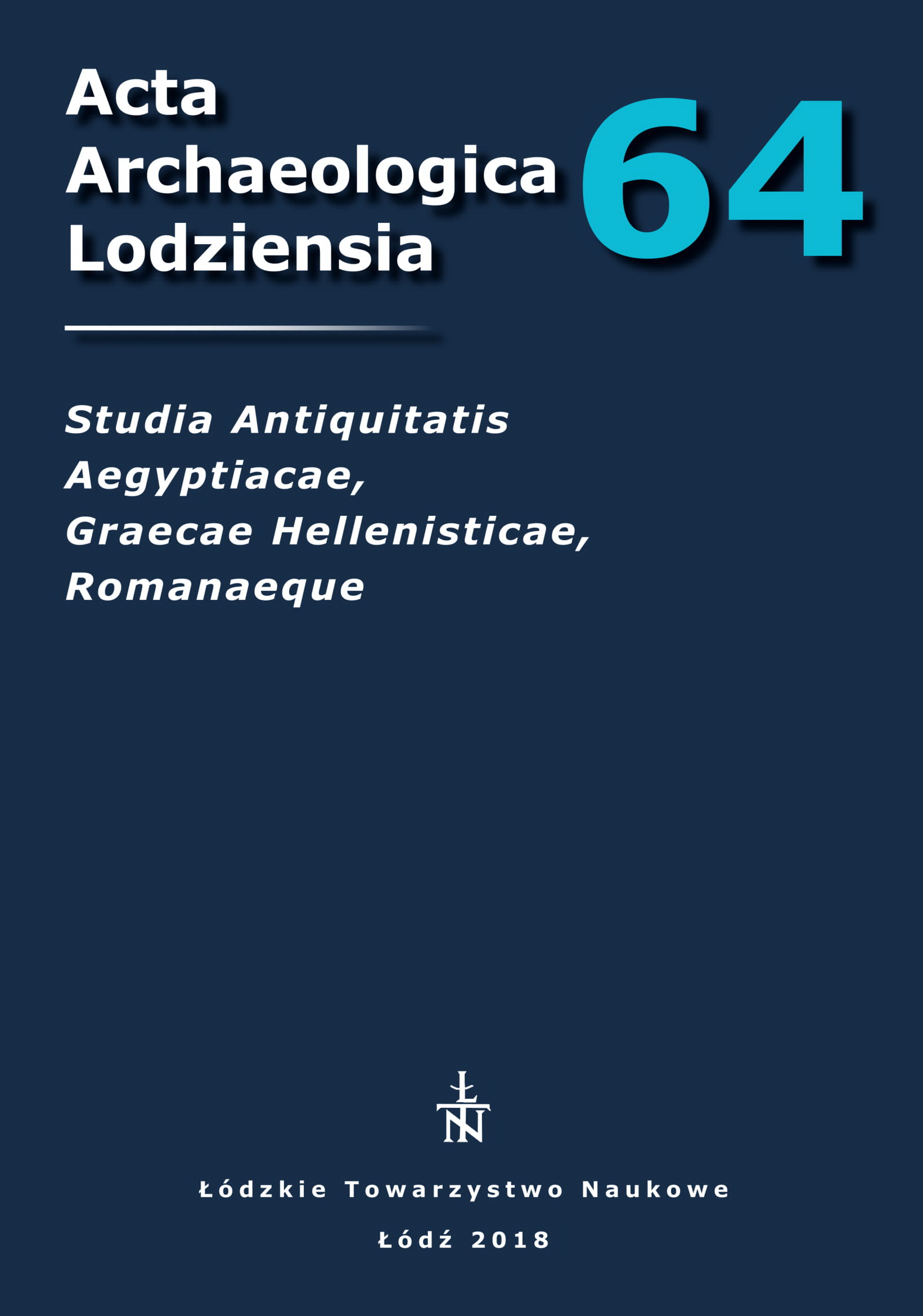Yahorlyk Workshop, Core-Formed Vessels, and the “Natron Glass Revolution” in the North Pontic Region
_________________________________
Keywords:
beads, natron glass, social organization of production, Archaic Greeks in the northern Pontic areaAbstract
The archaic Greek settlement of Yahorlyk, in southern Ukraine, has yielded abundant evidence for glass-working. This paper reports the results of de novo chemical analyses of glass beads from the site excavated in the 1980s in the context of state-of-art concepts of Early Iron Age glass production in Europe. Yahorlyk craftsmen employed two main types of glass: natron-based glass for biconical beads, plant-ash glass and glass with low magnesium and high potassium content for eye-beads. In some cases the component parts of a single bead were made from glass of different chemical types. Yahorlyk beads were widespread in ancient Greek and barbarian contexts. By comparing this distribution pattern with that for clearly imported products (core-formed vessels), the author concludes that originality of Yahorlyk glass-working may result from its orientation towards two markets: those of Archaic Greece and Early Scythia.



